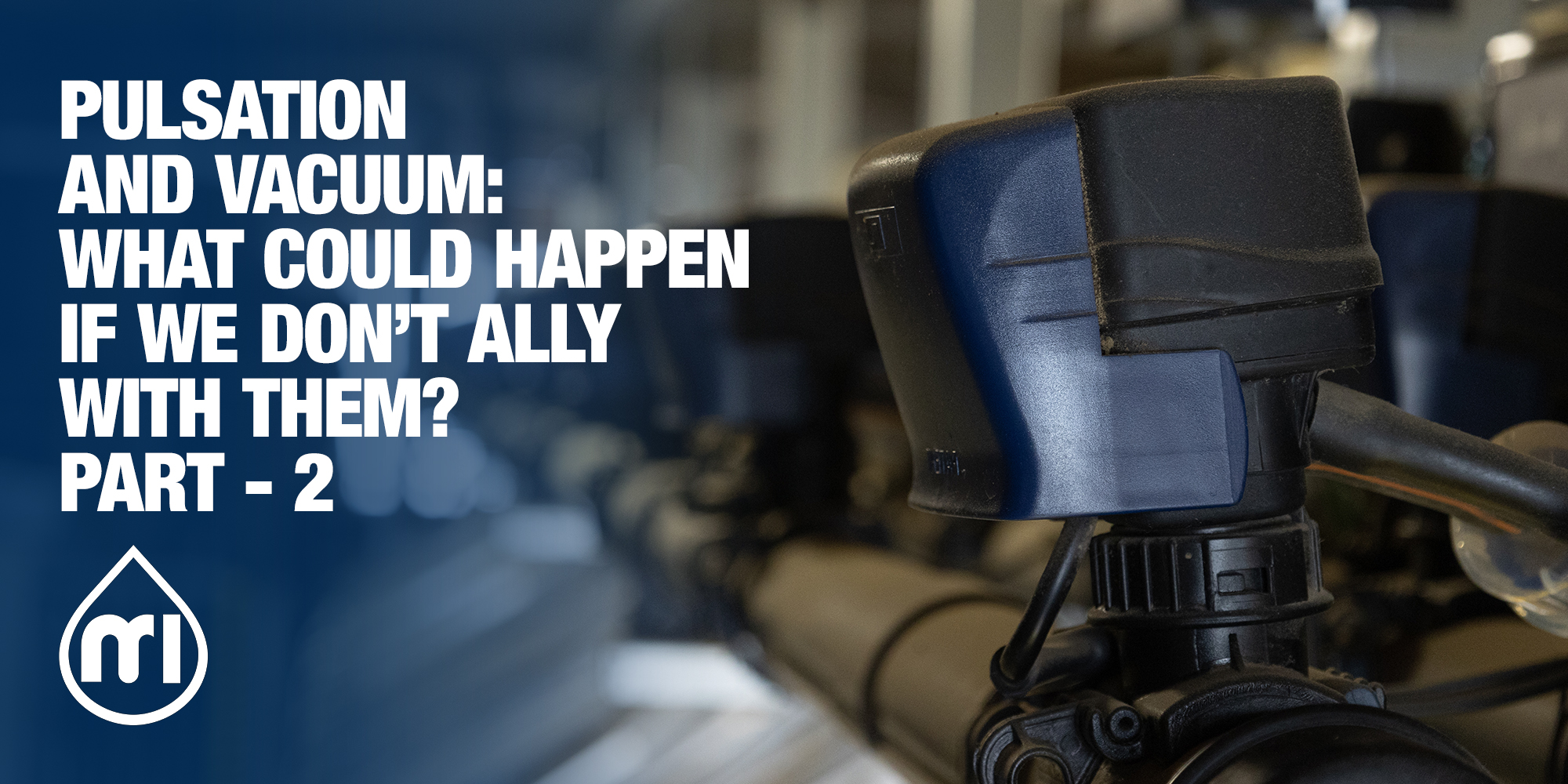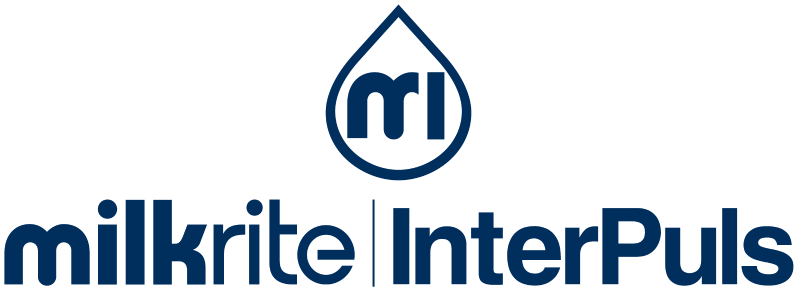
Pulsation and Vacuum: what could happen if we don’t ally with them? - Part 2
On this episode we will continue investigating the potential consequence of an incorrect vacuum pulsation on milking efficiency and cows’ health.
In the previous issue, the aftermath related to insufficient vacuum, as in vacuum drops or irregular fluctuations, was pointed out and reinforced by our experts’ testimonials.
Now, we will discover the impact of incorrect pressure and over-milking.
Incorrect pressure during the massage phase
Pressure inside the liner during its closed phase is another crucial element for a smooth milk extraction, as it ensures the massage effect on the teat end.
On the one hand, if pressure is insufficient, the intra- and extravascular fluid, that accumulates in the teat tissue during milking, remains and affects its flexibility. With this regard, Filippo Lusetti explained:
“The insufficient udder emptying irritates the tissue, decreasing the resistance of the teat canal to bacterial invasion.
Inadequate system maintenance is among the main causes of incorrect pressure during milking. A single unnoticed damaged liner or a leakage in the pulse tube can negatively affect the process and animals’ health, until dramatic consequences in terms of milk quality and teat condition.”
On the other hand, excessive pressure could determine teat wall thickness and damage, as explained in the next paragraph.
Too high pressure at the end of milk extraction and over-milking
During milking, vacuum stretches teat tissue, causing micro fissures in the skin. The latter reacts with an increased production of keratin, known as hyperkeratosis.
To a certain extent, this process seems to be a physiological and inevitable response. Though, if the load applied on the teat end during milking is excessive, the ring of keratin surrounding teat orifice becomes thicker and thicker (Figure 1). This factor indicates both that hyperkeratosis could be developing to a pathological degree, and that the milking process is threatened by some irregularities.
A high degree of hyperkeratosis hinders milk ejection, while damaging the udder and increasing the potential of infections.
Figure 1 - Teat end keratin production and the four stages of hyperkeratosis.
Source: milkrite | InterPuls internal training material
The end of milking, when the teat is not refilled with milk during the massage phase, represents an even further delicate stage of the process. The compressed teat is re-opened by the influx of air or milk from outside the teat, instead of milk from inside, thus facilitating the access of bacteria.
Accordingly, milking time should be as short as possible, in order to reduce teat-end stress. Longer milking time and especially over-milking would rather increase teat tissue thickening and udder contamination rate, as Luca Giuliani’s testimonial underlines:
“Many farmers aim at not wasting a single milk drop, keeping the cluster on the teat even when the liquid stops flowing, without knowing the potential damage of this habit.
Once observed that cows’ udders were highly irritated, one of them asked our help to understand the cause. After detecting an over-milking issue, we suggested shortening the detachment time in the Automatic Cluster Remover, and teat condition of the heard significantly improved.”
After reading this blog post, we hope you can further understand how the co-existence of regular vacuum and pulsation system maintenance, quality components and care for animals is vital for a positive milking experience. In case one of these three elements was underestimated, negative and undesired consequence on milk quality, milking time and animals’ well-being will manifest accordingly.
Sources
Dynamics of teat-end vacuum during machine milking: types, causes and impacts on teat condition and udder health – a literature review Besier, Lind, Bruckmaier - Journal of Applied Animal Research, 5/2015, 44:1, 263-272
Internal training material – milkrite | InterPuls
